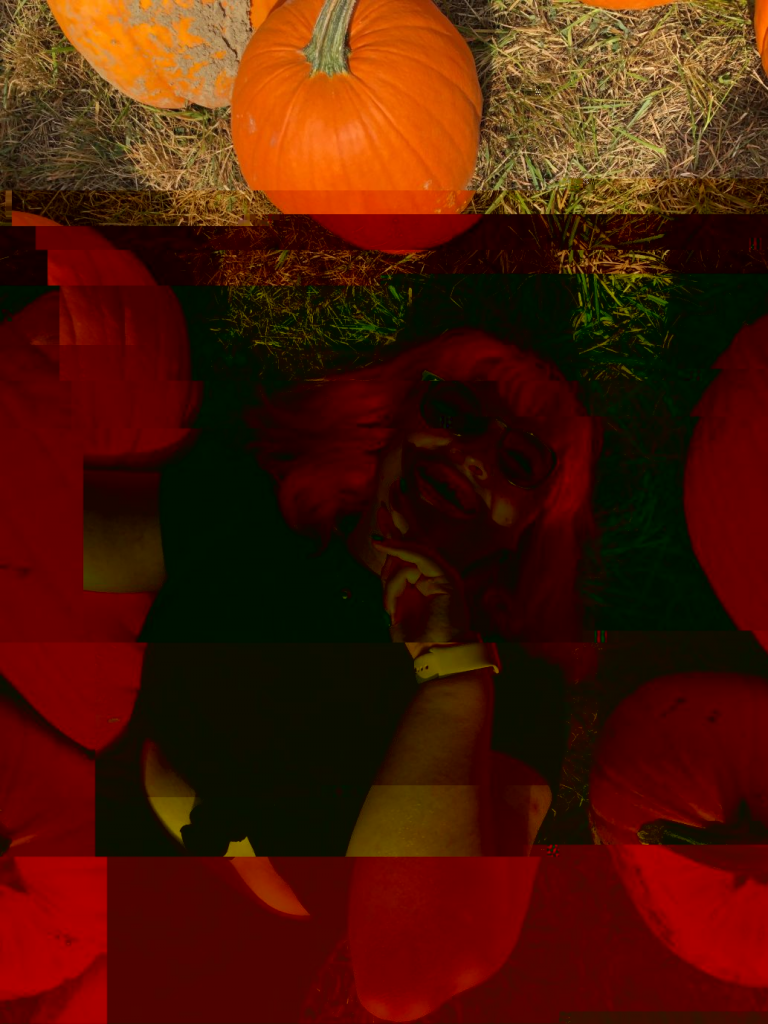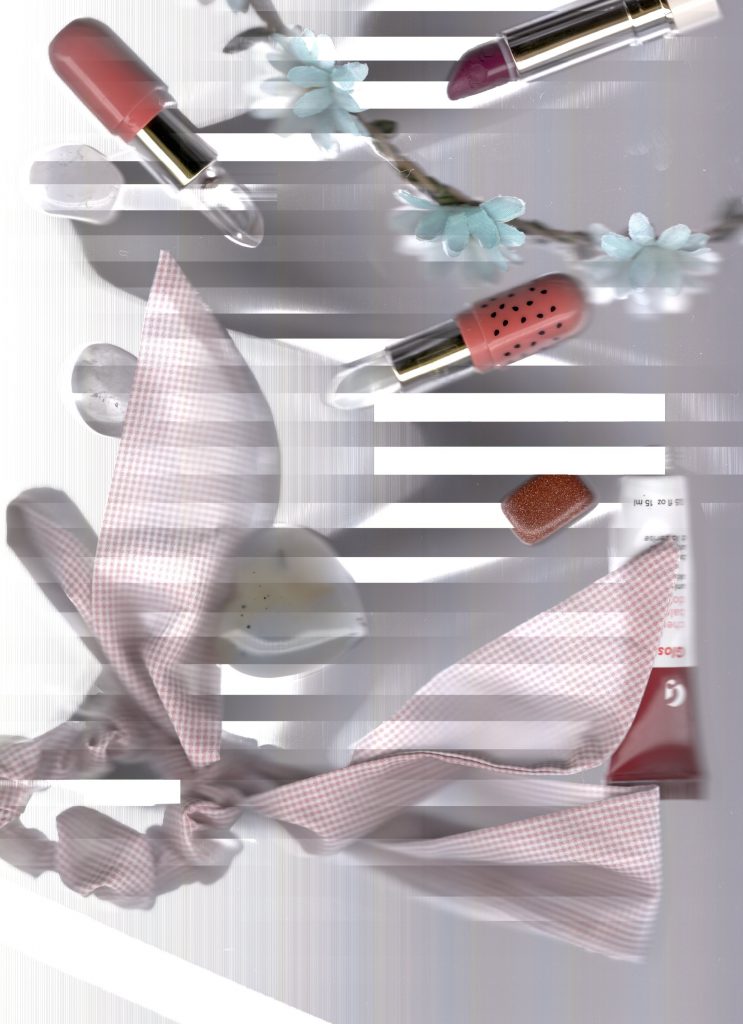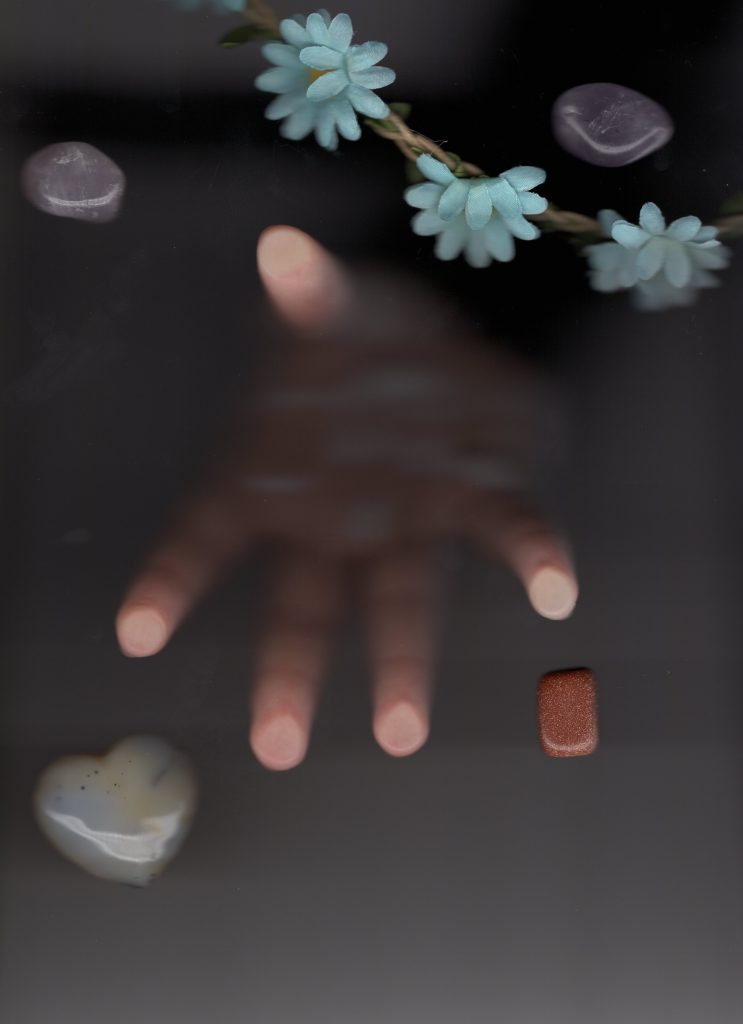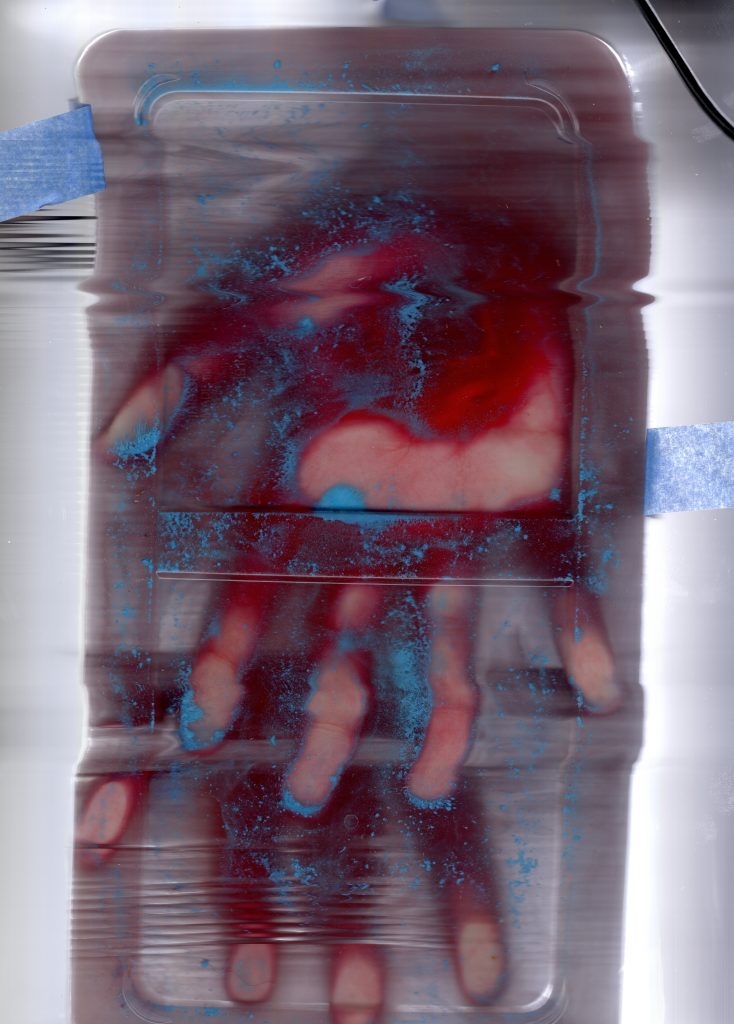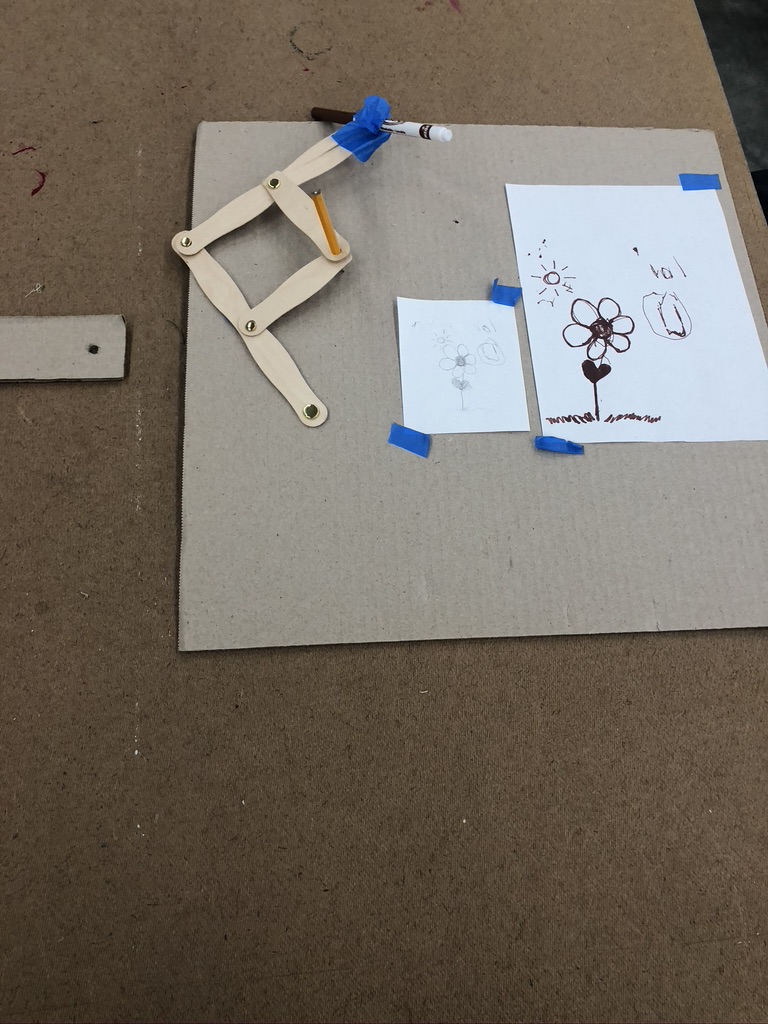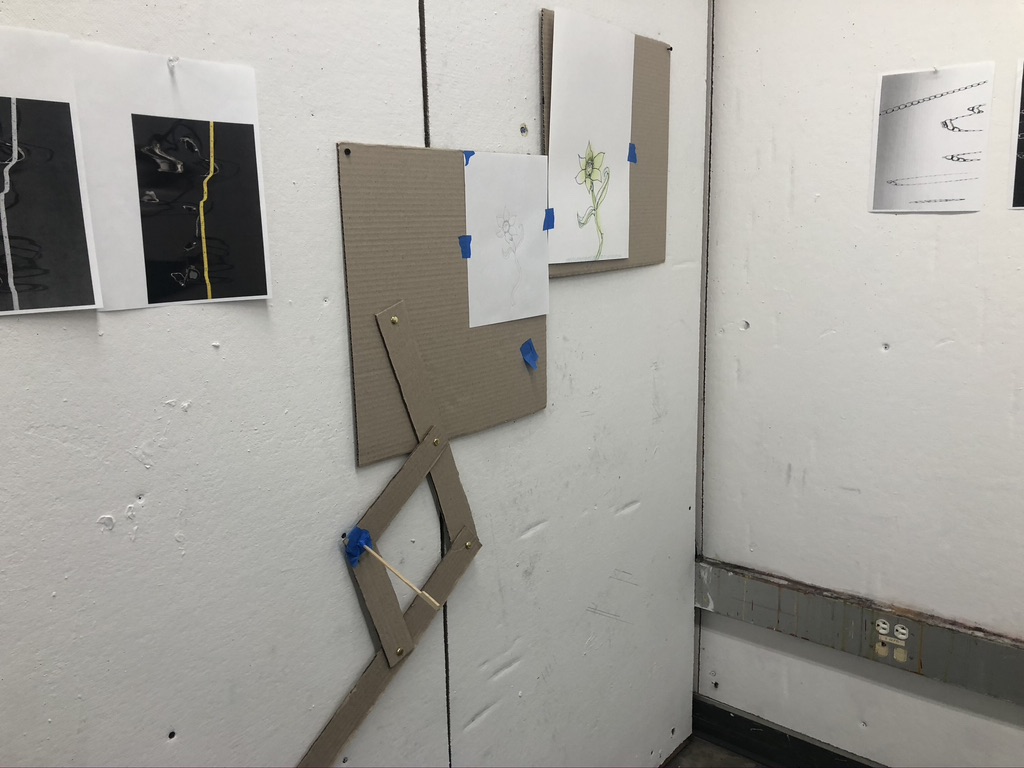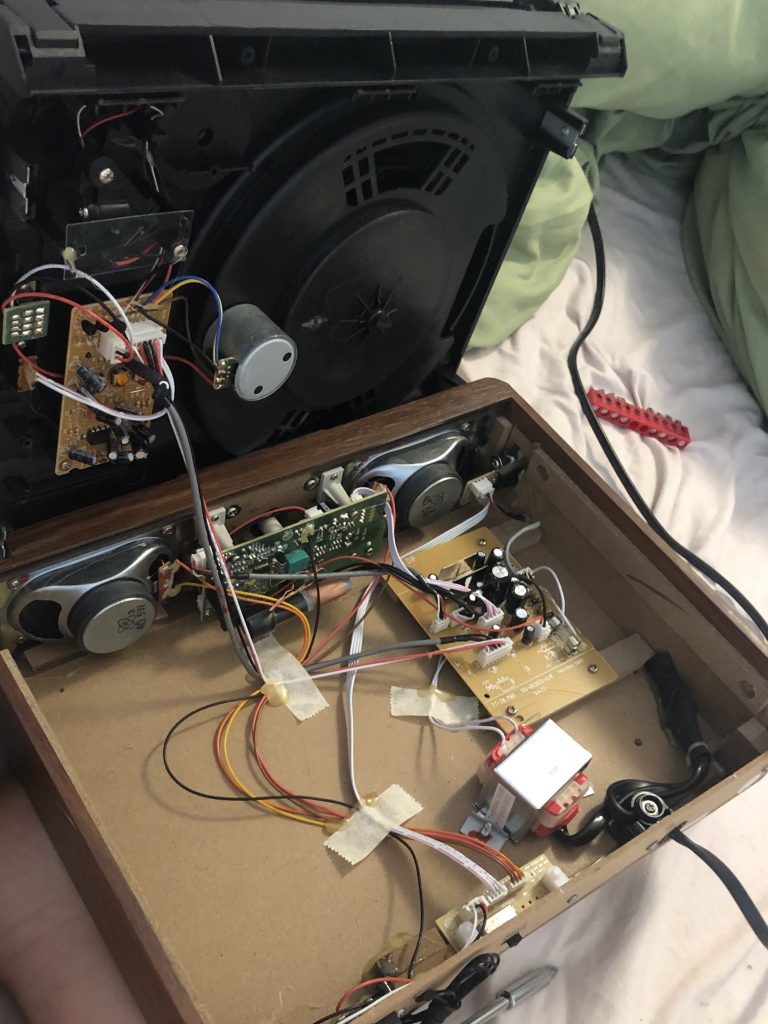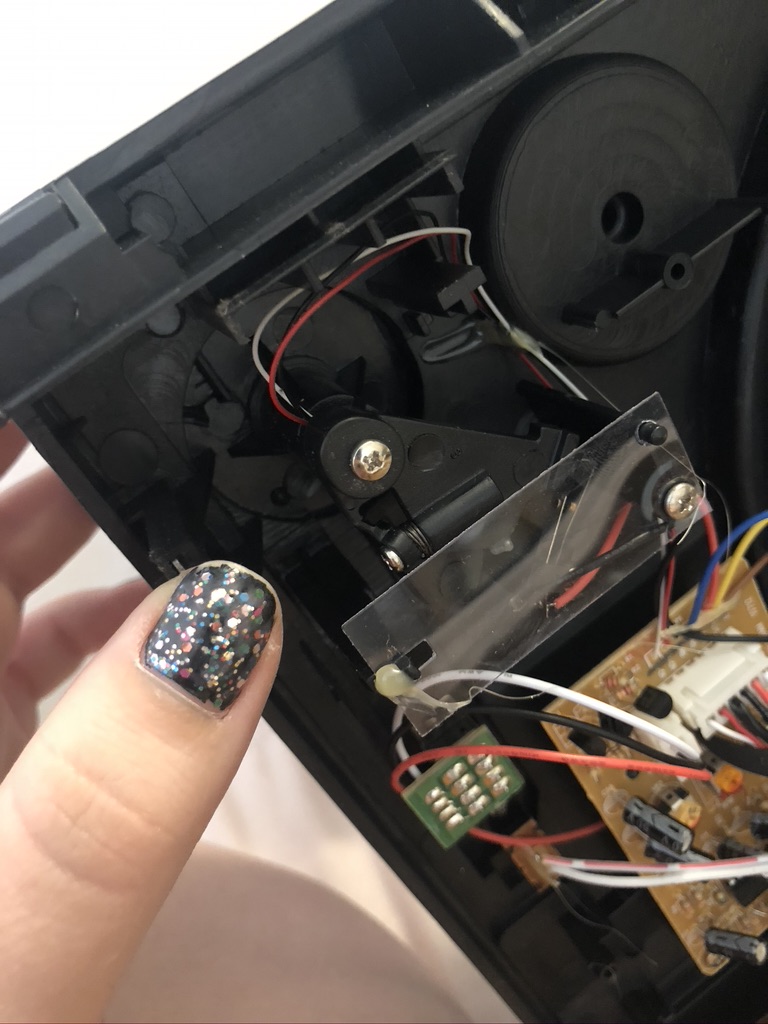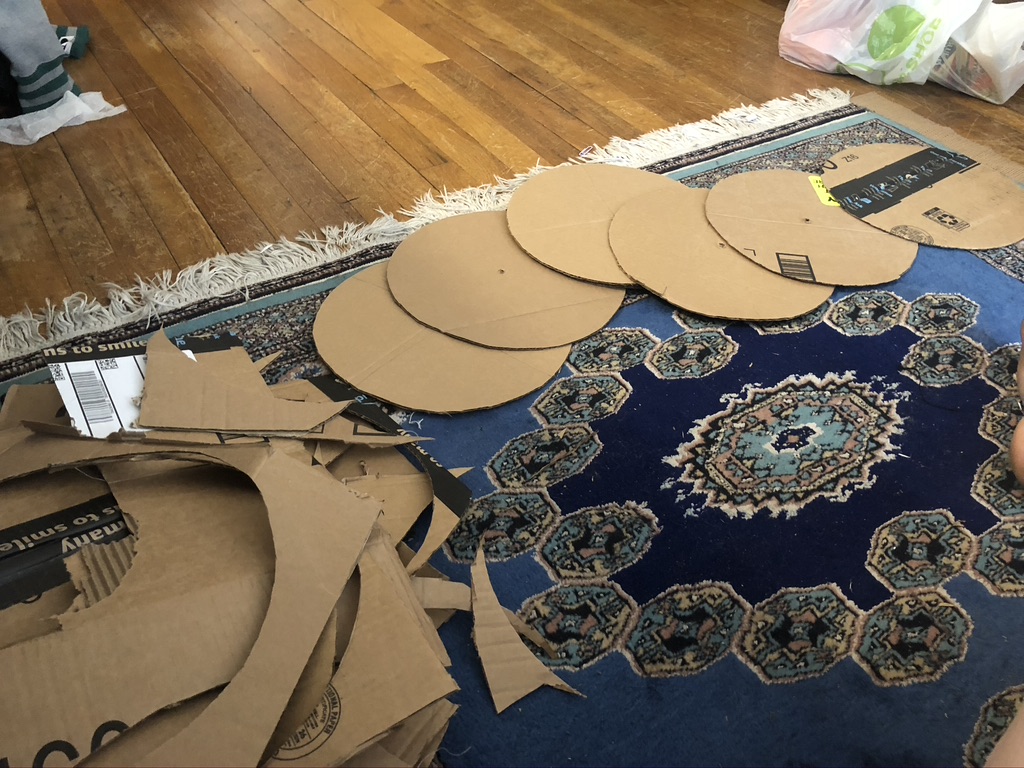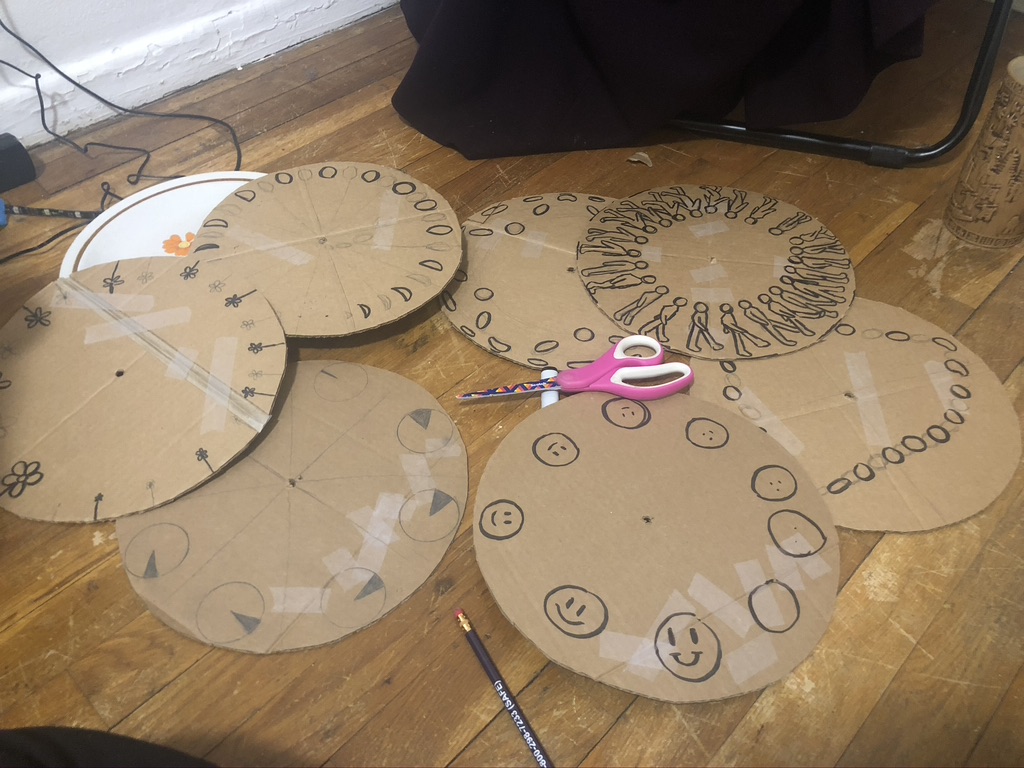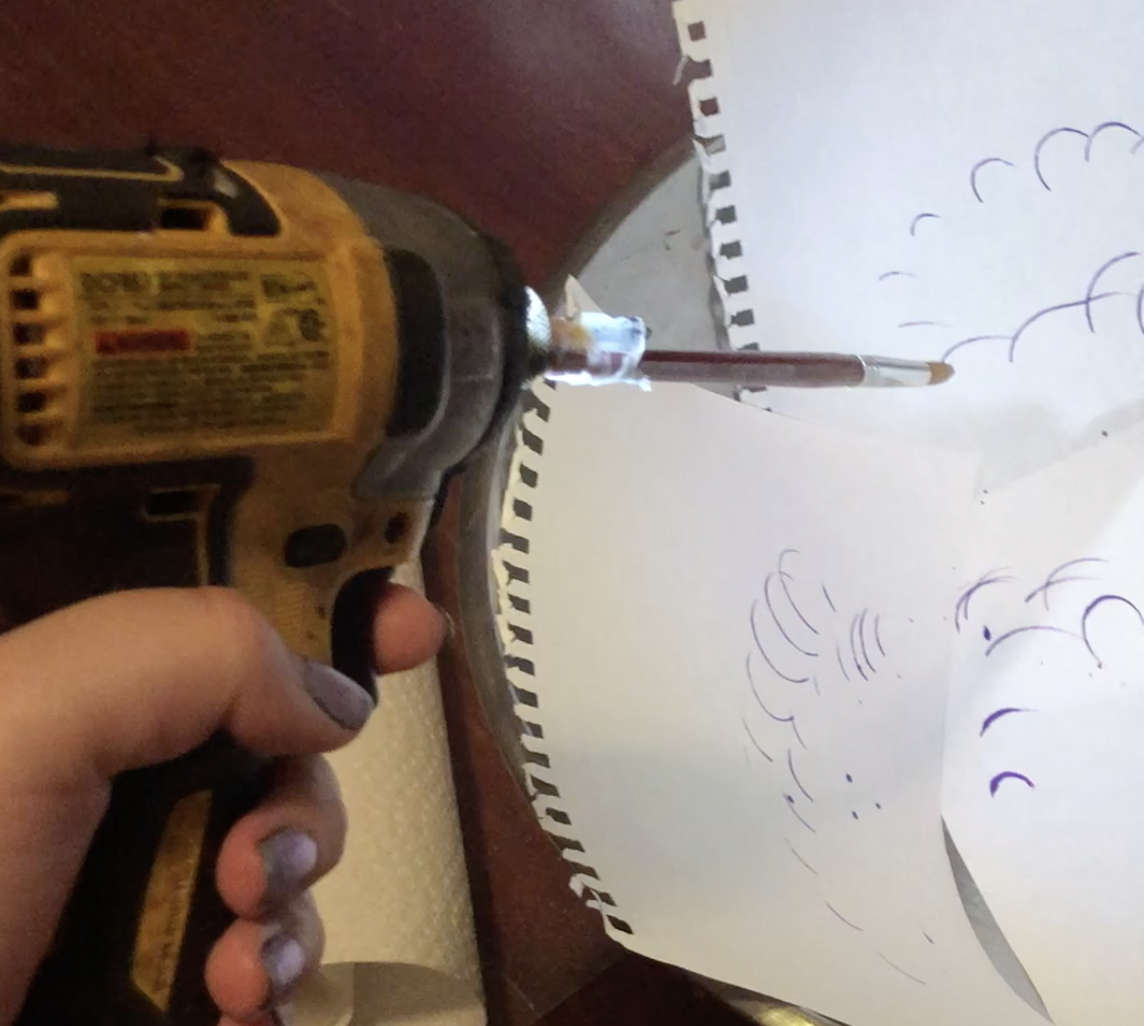Creating my first art with machines, in my first studio art class, has been such an interesting journey. My first experience working with a machine was our glitch art project. While it was a fun process, it had quite a learning curve and took a lot of patience. I used multiple methods of glitching and spend time changing the code of all of my images. For some images, I also used an online program to enhance the effects and changes that I had made. As someone who loves vibrant colors, I loved how the online glitcher allowed me to specifically play with that aspect of my photos. I thought it was important that I not only use this tool, however, as manually going through the code made me feel more connected to the projects that I made and allowed me to work more with the technology than control it. This idea of allowing the computer to make decisions in my art in itself was something to get used to, but I think that it helped me be more creative and experimental with the art that I made.
I really enjoyed the next project, scanner art, because unlike glitch art, it seemed that you could be more precise in your process. After initial experimentation, I was able to form my own strategies to create specific effects. I learned that blinking a flashlight around the sides of the machine while it scanned made what looked like bars of white made by a computer. In addition, I used clear or partially transparent objects like lipsticks to play around with color. I also used water and ink to create “filters” for images. It was a fun project because it was the perfect combination of control and surprises.
Creating a mechanism was probably the simplest task out of the projects that we attempted. For my project, I wanted to create a machine that could copy a small drawing onto a larger surface. I made two attempts at my design and both worked okay. I used a piece of cardboard, a pencil, a marker, and some popsicle sticks to make my design. With a bit of trial and error to familiarize myself with my machine, I was able to successfully copy the image of a flower onto the larger side. Once I was able to do this, I made the same machine but much bigger and with more steady cardboard for the arms. I really liked how straightforward this project seemed for me and I really enjoyed making a machine without any preexisting system to work with. I have always loved crafting projects and would love to work in this way again in the future.
Initial work on my conference project has been both aggravating and incredibly fun. My concept for the project is to make a more modern version of a zoetrope using a record player. The hope is that I will both be able to create an animation that works drawn directly on the record and that I will be able to synchronize it with a song so that the record is still partially “playable.” While this seemed like a simple enough idea, it has proved to be much more difficult than expected.
My first challenge for this project was finding a record player to make it with. I was not too keen on spending $85 for a record player, thus I asked around and actually got an old, broken one for free. After initially inspecting it, I was pretty sure that I would be able to fix it. The record player didn’t spin, but I could hear the motor when I manually moved it. When I took out a screwdriver and opened it up, I was happy to find that I was correct. The tonearm works by moving a switch when you pick it up and that tells the turntable to spin. As you can see in the picture, the switch had shifted and the tonearm was not touching it. I tightened the spring and screws in the area and the record player was good as new!
After that, I began my experimentation and destruction of many amazon boxes I had been saving. I cut them into “records” and tried to figure out frame rates for what would be visible movement while spinning. While some worked better than others, I have come to the conclusion that I was missing something. After researching zoetropes and doing the math on the diameter of the record and number of frames, they still didn’t work. I have plans to try using a strobe light to fix this problem.



